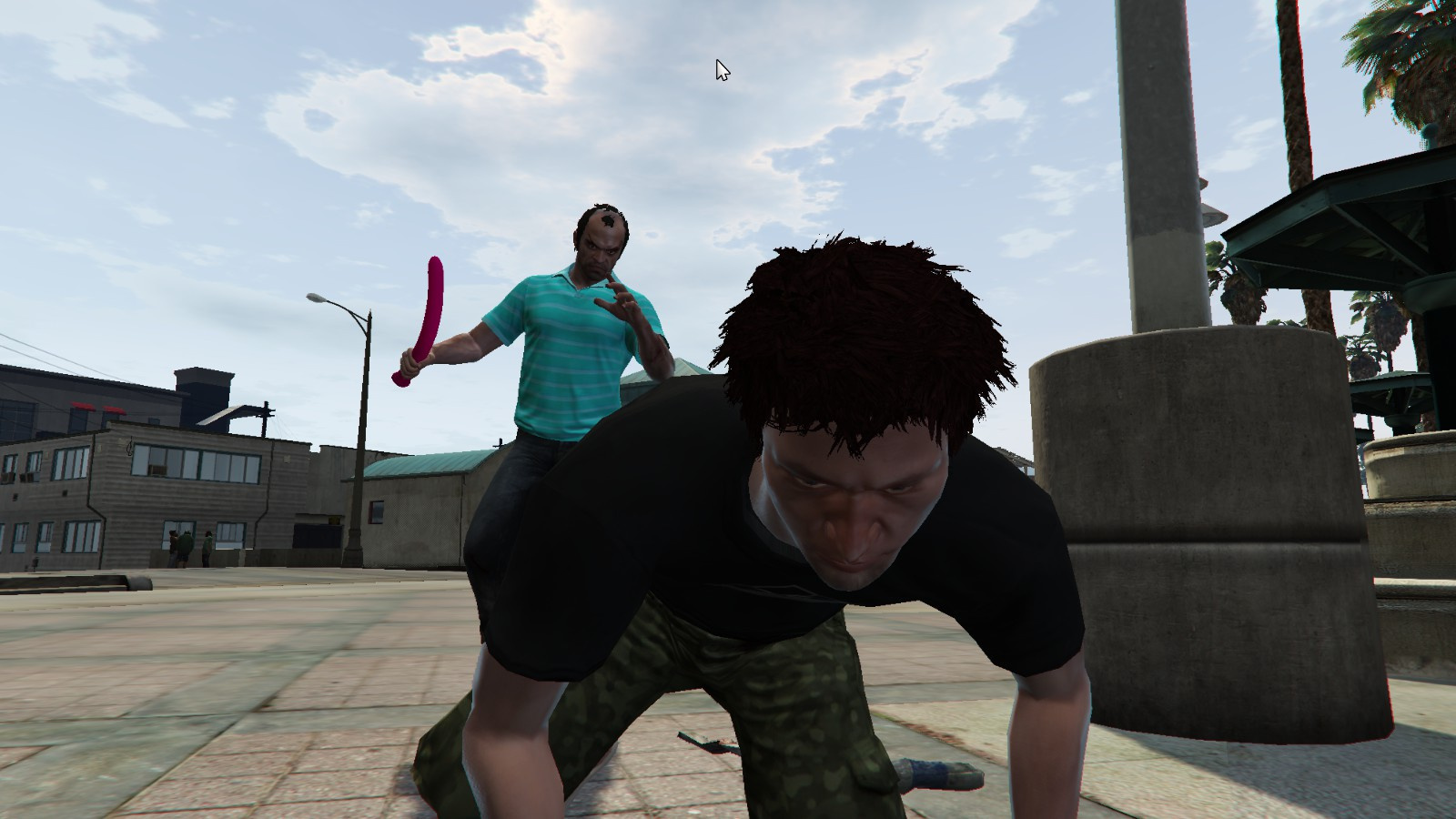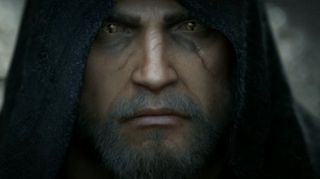

Just at the time we can do something with all this data, it is disappearing under our feet," Holm says. Organic artifacts like clothing and animal bones, preserved for centuries in the deep freeze of the permafrost, are decaying rapidly as rising temperatures thaw the soil. Ironically, just as this new picture is emerging, climate change once again threatens Norse settlements-or what's left of them. Historian Poul Holm of Trinity College in Dublin lauds the new picture, which reveals that the Greenland Norse were "not a civilization stuck in their ways." To NABO archaeologist George Hambrecht of the University of Maryland in College Park, "The new story is that they adapted but they failed anyway." There's no doubt that climate stressed the colony, but the emerging narrative is not of an agricultural society short on food, but a hunting society short on labor and susceptible to catastrophes at sea and social unrest. The findings suggest that the Greenland Norse focused less on livestock and more on trade, especially in walrus ivory, and that for food they relied more on the sea than on their pastures. An international research collective called the North Atlantic Biocultural Organisation (NABO) has accumulated precise new data on ancient settlement patterns, diet, and landscape. Over the last decade, however, new excavations across the North Atlantic have forced archaeologists to revise some of these long-held views. The Arctic Frontier Norse colonists established settlements in southern Greenland, often siting their farmsteads on fjords. Meanwhile, the seal-hunting, whale-eating Inuit survived in the very same environment. But even as a chilly era called the Little Ice Age set in, the story goes, they clung to raising livestock and church-building while squandering natural resources like soil and timber. The Norse settled Greenland from Iceland during a warm period around 1000 C.E. But historians have usually pinned most responsibility on the Norse themselves, arguing that they failed to adapt to a changing climate. Theories for the colony's failure have included everything from sinister Basque pirates to the Black Plague. No chapter of Arctic history is more mysterious than the disappearance of these Norse settlements sometime in the 15th century. "Were they destroyed by an invasion of the natives … perished by the inclemency of the climate, and the sterility of the soil?"Īrchaeologists still wonder today. "What has been the fate of so many human beings, so long cut off from all intercourse with the more civilized world?" Egede wrote in an account of the journey. But when he asked the Inuit hunters he met about the Norse, they showed him crumbling stone church walls: the only remnants of 500 years of occupation. He explored iceberg-dotted fjords that gave way to gentle valleys, and silver lakes that shimmered below the massive ice cap. Capcom Vancouver also confirmed that unlike in Dead Rising and Dead Rising 2 where players had to wait at loading screens when entering a new area, Dead Rising 3 will not have loading screens when traveling between areas of the map.In 1721, missionary Hans Egede sailed a ship called The Hope from Norway to Greenland, seeking Norse farmers whom Europeans hadn't heard from in 200 years in order to convert them to Protestantism.

While the map will definitely be expanding from the more powerful capabilities of the Xbox One, the range of options for traversing the map will also be expanded with a higher selection of vehicles to help traverse the city.
DEAD RISING 3 MAP DISAPPEARED SERIES
In a new report from Dead Rising 3 developer Capcom Vancouver, the studio confirmed that the map for Dead Rising 3 will be the largest that the series has ever had, with a world that is larger in scale than the first two games in the series put together.

While Dead Rising 3's map may not have quite the same scale as the recently-released images of Grand Theft Auto V's gargantuan Los Santos, the size of world in the latest of Capcom's zombie-killing franchise is still nothing to scoff at.


 0 kommentar(er)
0 kommentar(er)
